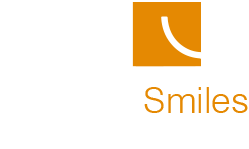Common Orthodontic Problems
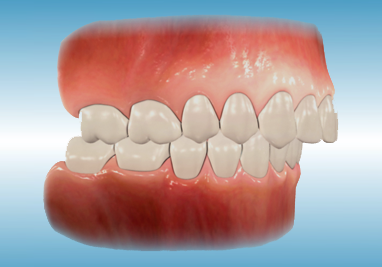 Class II
Class II
Class II malocclusion, also known as an overbite, is a dental condition where the upper front teeth are positioned too far forward in relation to the lower front teeth. This results in a noticeable gap between the upper and lower teeth and can lead to problems with speech and chewing. In severe cases, it can also cause discomfort and pain in the jaw and face.
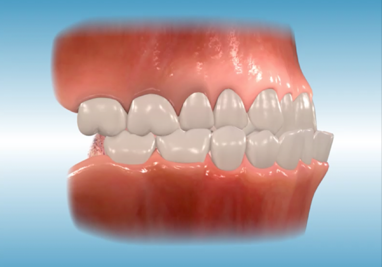 Class III
Class III
Class III malocclusion, also known as an underbite, is a condition in which the lower jaw is positioned in front of the upper jaw, causing the lower teeth to sit in front of the upper teeth when the jaw is closed. This can result in an unbalanced facial appearance, difficulties with chewing and speaking, and potential dental problems such as premature wear and gum recession. It can be caused by a combination of genetic and environmental factors.
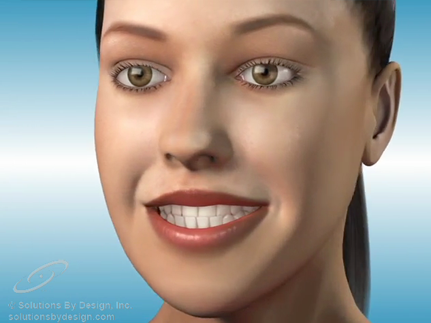 Pseudo Class III
Pseudo Class III
Pseudo class III malocclusion is when your lower jaw appears too far forward, making your chin look prominent. However, it’s actually your upper teeth that are too far back. This is often due to a combination of genetic factors, bad habits like tongue thrusting, or problems with the way your teeth have developed.
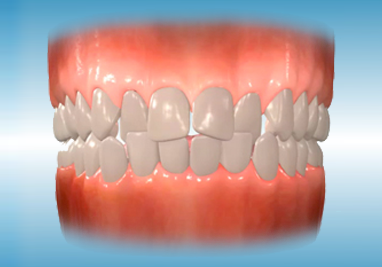 Crowding
Crowding
Dental crowding is a common orthodontic issue that results from a mismatch between the size of the teeth and the available space in each jaw. While various factors can contribute to crowding, it can also be a consequence of other problems such as impacted teeth, retained teeth, or crossbite of the front or rear teeth. Crowding can cause discomfort and difficulty with oral hygiene, and addressing it can prevent further complications.
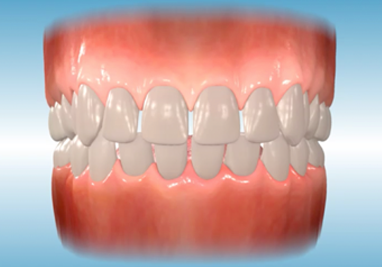 Spacing
Spacing
Abnormal spacing between teeth is a common problem that may require orthodontic treatment. This condition can be caused by various factors, such as tooth-to-jaw size disharmony, smaller or abnormally shaped teeth, or tongue thrust habits. Spaces between teeth can not only affect the appearance of your smile but can also affect your bite and lead to gum disease and tooth decay.
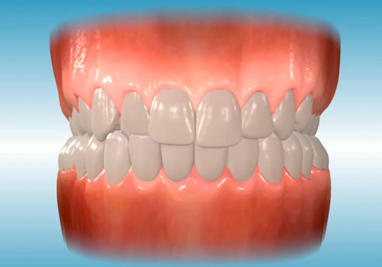 Crossbite
Crossbite
Crossbite is a type of malocclusion where the upper teeth are positioned behind the lower teeth when biting. This can occur in the front teeth, back teeth, or both. It is usually caused by a discrepancy in jaw size, jaw position, or a shift in the teeth. Crossbite can lead to wear and tear of the teeth, gum recession, and jaw problems.
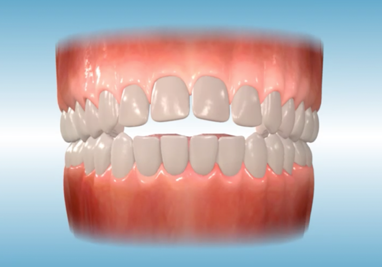 Openbite
Openbite
An open bite is a type of malocclusion that occurs when there is a gap between the upper and lower teeth when the mouth is closed. This condition can affect the appearance of the face and the ability to bite and chew properly. Open bites can be caused by habits such as thumb-sucking or tongue-thrusting, or by skeletal issues in the jaw.
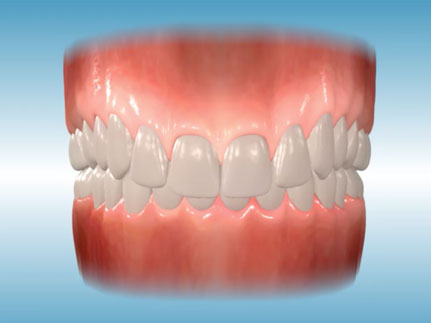 Incisor Overbite
Incisor Overbite
An incisor overbite is a common type of malocclusion where the upper front teeth excessively overlap the lower front teeth. This condition can cause aesthetic concerns and functional problems, such as difficulty biting or chewing. In severe cases, it can lead to speech difficulties and jaw pain.
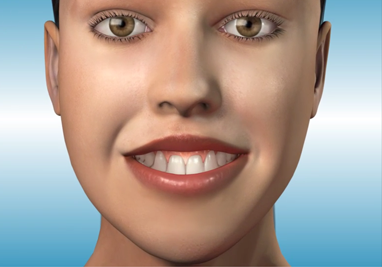 Excessive Gingival Display
Excessive Gingival Display
Excessive gingival display, also known as a gummy smile, is a condition where a large portion of the gums is visible when smiling. It can be caused by a variety of factors, such as the position of the teeth, the size of the teeth, and the shape of the jawbone. By correcting the gummy smile, patients can improve their confidence and achieve a more aesthetically pleasing smile.

